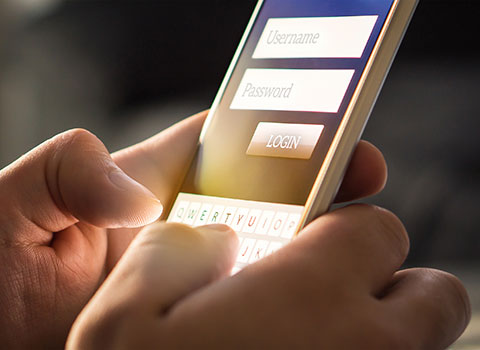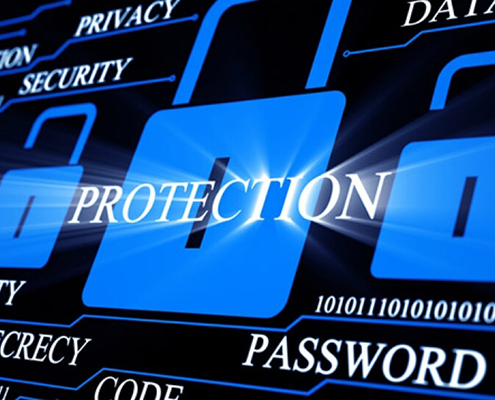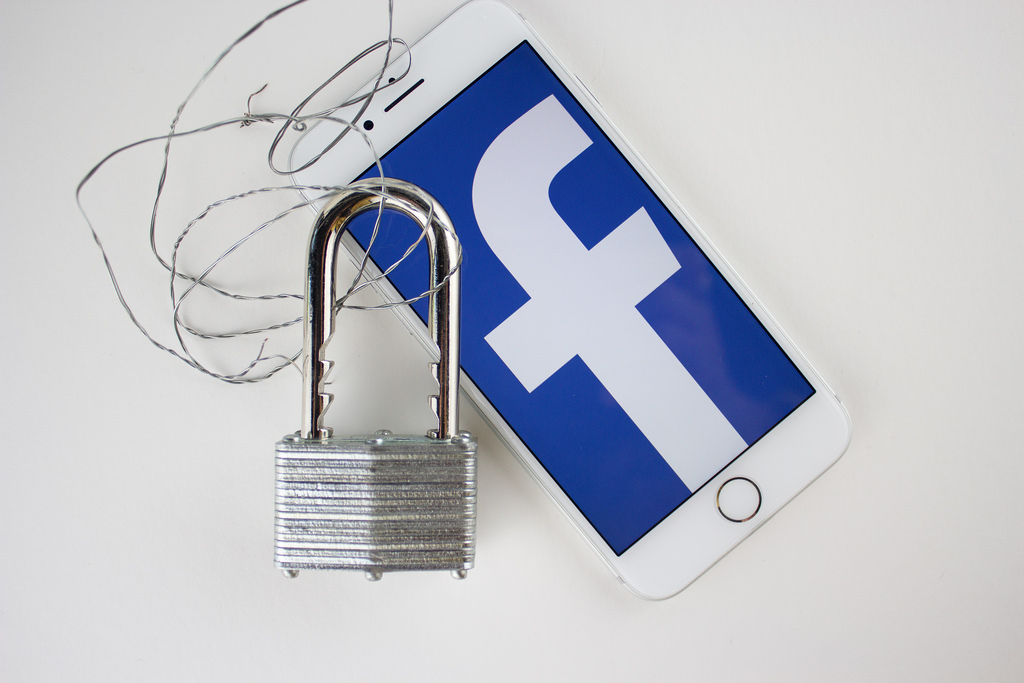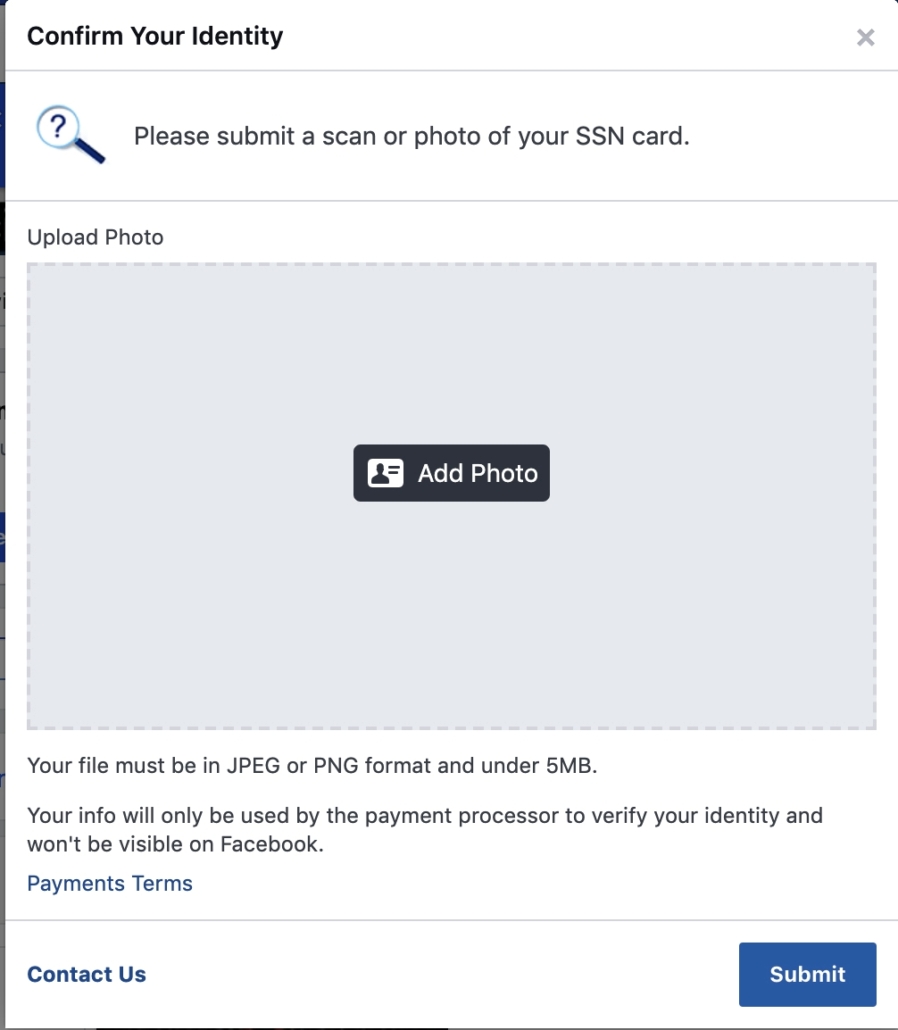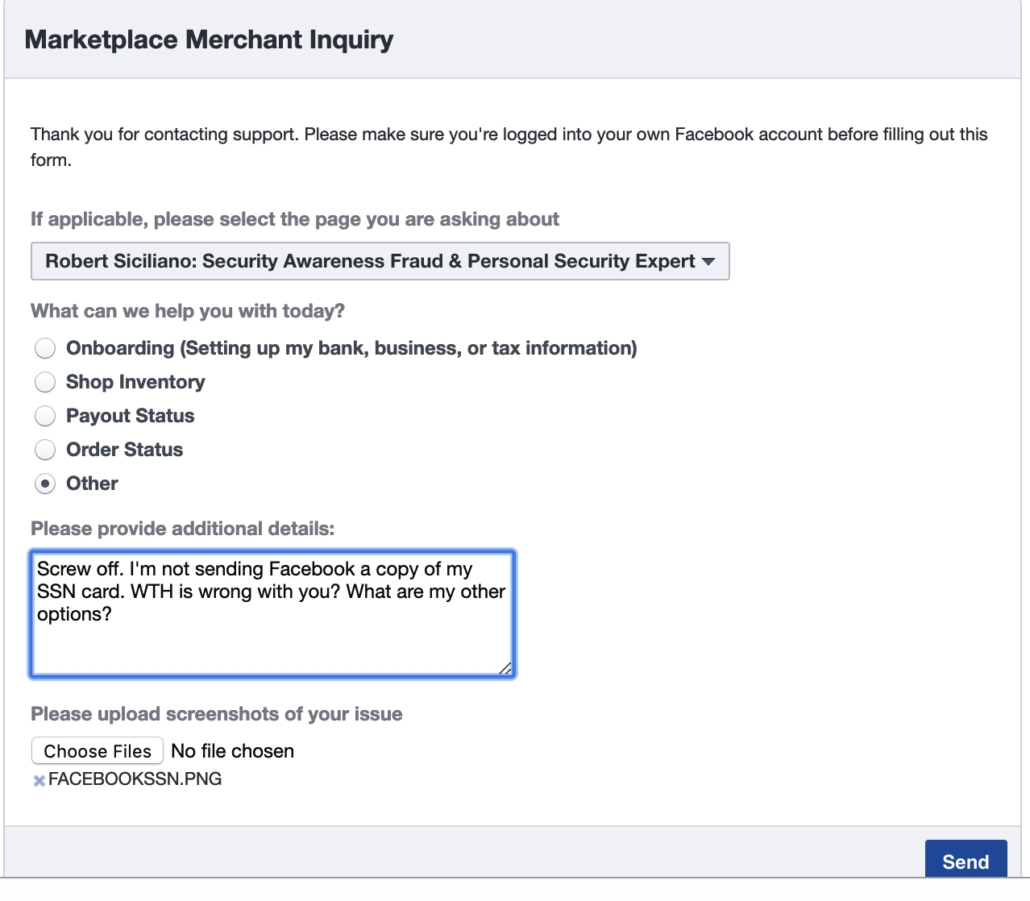Hackers Hacking Airport USB Ports
Have you ever wondered if it’s a good idea to surf the internet using a public WiFi network at the airport? It’s heavily trafficked, so it’s more likely that your information could get stolen, right? In some cases, it is safe to use public WiFi; your information isn’t always entirely at risk if you’re connecting to the airport network but there are definitely vulnerabilities. And, when at the airport, you may want to rethink the urge to plug in your phone using one of the USB charging stations near the gate.
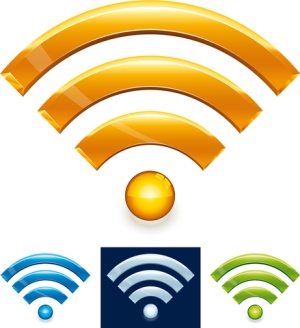
It is possible that cybercriminals could use those stations to download your personal data or install malware onto your device without your knowledge or consent. It’s a crime that’s being called juice jacking.
The IBM Security X-Force Threat Intelligence sector, says that using a public USB port for charging is similar to finding a toothbrush in the street and making the decision to put it in your mouth. You don’t know where the toothbrush has been, and the same applies to that USB port. You don’t know who used it before you and may not be aware that these USB ports can pass along data.
While it is possible for this to happen, it’s not necessarily an epidemic, and there isn’t a reason to panic just yet. There haven’t been widespread reports that juice-jacking has happened in airports (or anywhere else.) However, it could be happening without people knowing, which means it could be a significant issue, and no one knows it yet.
If you don’t like the idea of cybercriminals stealing your information and want to stay safe, do this:
Prevent Juice Jacking
- Before leaving your house, make sure your phone is fully charged if possible.
- Buy a second charger that stays with you or in your car at all times, and make a habit of keeping your phone charged while you drive.
- Of course, there will be times when you’re out and about, and before you realize it, your device has gotten low on power. And it’s time to hunt for a public charging station.
- Have a cord with you at all times. This will enable you to use a wall socket.
- Turn off your phone to save batt. But for many people, this will not happen, so don’t just rely only on that tactic.
- Plug your phone directly into a public socket whenever you can.
- If you end up using the USB attachment at the station, make a point of viewing the power source. A hidden power source is suspicious.
- If bringing a cord with you everywhere is too much of a hassle, did you know you can buy a power-only USB cord on which it’s impossible for any data to be transferred?
- Another option is an external battery pack. This will supply an addition of power to your device.
- External batteries, like the power-only USB cord, do not have data transfer ability, and thus can be used at any kiosk without the possibility of a data breach.
- Search “optimize battery settings” iPhone or Android and get to work.
Robert Siciliano personal security and identity theft expert and speaker is the author of Identity Theft Privacy: Security Protection and Fraud Prevention: Your Guide to Protecting Yourself from Identity Theft and Computer Fraud. See him knock’em dead in this Security Awareness Training video.



